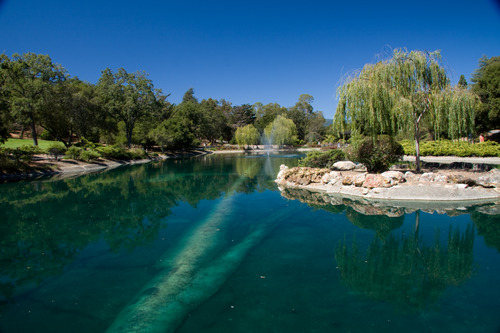
So you just ordered your B&W Polarizer from Amazon and you are confident you can master this bad boy by slapping it onto your lens and snapping photos like never before. Not so fast. Lets go over a few pointers so that you can get the most out of your filter and get shooting in as little time as possible.
How to Use:
The Circular Polarized filter screws onto the front of your camera’s lens and is adjusted by spinning the grooved section on the very end of the filter, much like you’d adjust your manual focus. When you point your camera at your subject (usually landscapes with a polarized filter) you will slowly spin the filter ring until you get your desired effect. Go ahead, give it a try. Point your camera, with the filter on, at the horizon (not at the sun) and slowly turn the ring. Notice how the sky gets a darker blue and the clouds get better contrast as you spin it? Pretty cool right. Now that you know how to use it lets focus on the when and where.
A polarized filter can do it’s best work when it’s at least 90 degrees away from the light source (i.e. the sun). If you have trouble visualizing this in your head here is the best advice I ever got: Point your finger at the sun and stick your thumb up (like your making a finger gun). Now where ever your thumb points (imagine spinning it around while still pointing at the sun) is a good place to point your camera to utilize the polarized filter. Just remember the phrase “point and shoot.” Make sense? Good.
When to Use:
If you are a landscape photographer you will probably rarely take this filter off your camera. It’s best on sunny days when your trying to get a nice contrast from the ground, sky, and clouds. If you like to photograph water then this filter is a must have. It will eliminate most of the glare from the water and from windows so that the camera can see what is behind the glass or water or glassy water.

(Source: Amazon)
However, this filter can be troublesome when trying to photograph a sunset. The filter removes a lot of the haze and reflected light while a lot of the beautiful colors you see in a sunset come from the light reflecting off the smog, haze, and particles in the air. As with anything it’s best to screw your filter onto your camera and experiment in different situations to see what kind of interesting shots you get.
Golden Rule: Don’t skimp on your filters. Any glass you shoot through has an impact on the quality of your pictures, you want high quality glass or you’ll compromise the quality of your photographs. Below is the best I have found for a reasonable price:
B+W 52mm Kaesemann Circular Polarizer with Multi-Resistant Coating




Comments are closed.